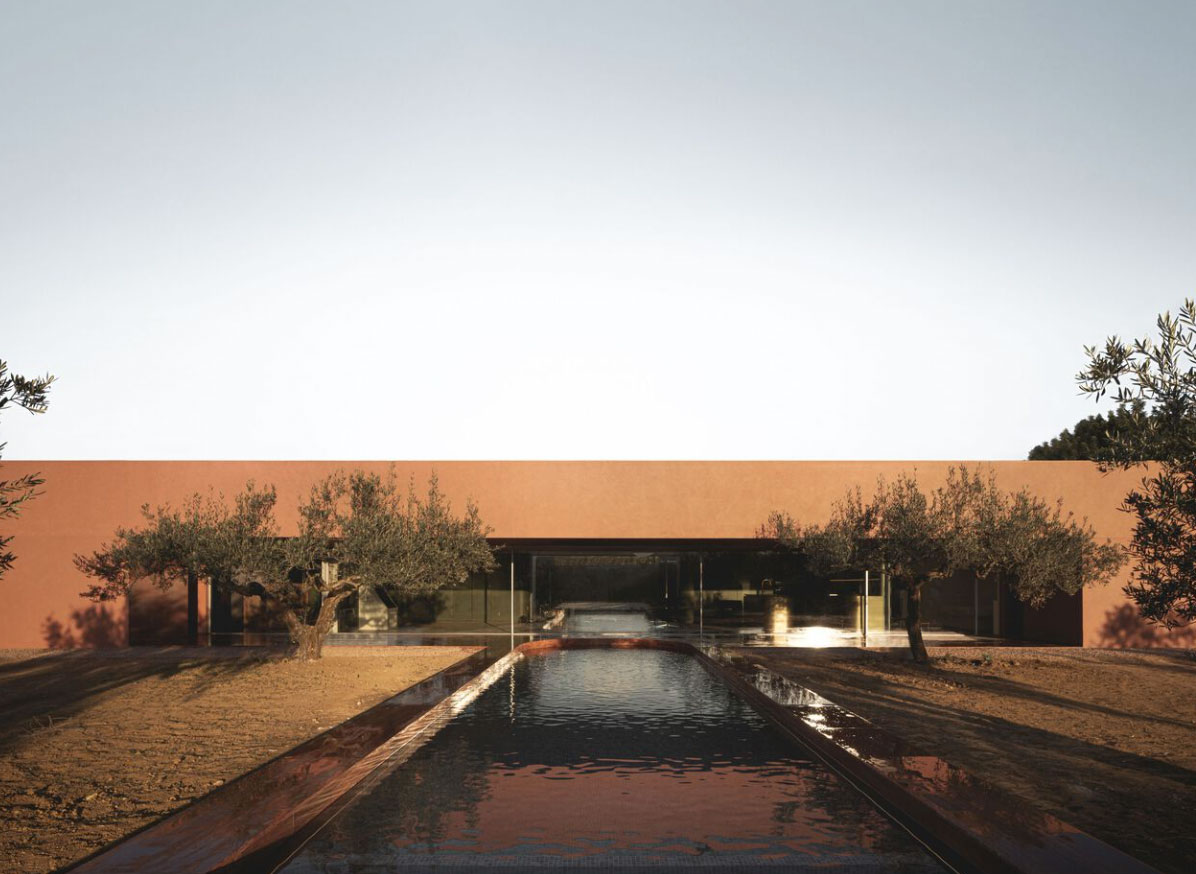Steel frame is an increasingly popular construction technique due to its many advantages, such as durability, efficiency and sustainability. However, there are often myths and misunderstandings surrounding this innovative construction technique.
In this article, we debunk five of the most common myths about Steel Frame.
Discover the reality behind these erroneous claims and understand why Steel Frame is a safe, reliable and versatile option for home construction.
1. “The industrialised Steel Frame construction system is less resistant than traditional construction”..
Contrary to popular belief, the steel frame is highly resistant. The steel structure used in the steel frame has an excellent capacity to withstand loads, including seismic forces and high winds.
In addition, building regulations ensure that the necessary safety and strength standards are met. The steel frame has proven its durability in numerous projects around the world, withstanding the tests of time and adverse weather conditions.
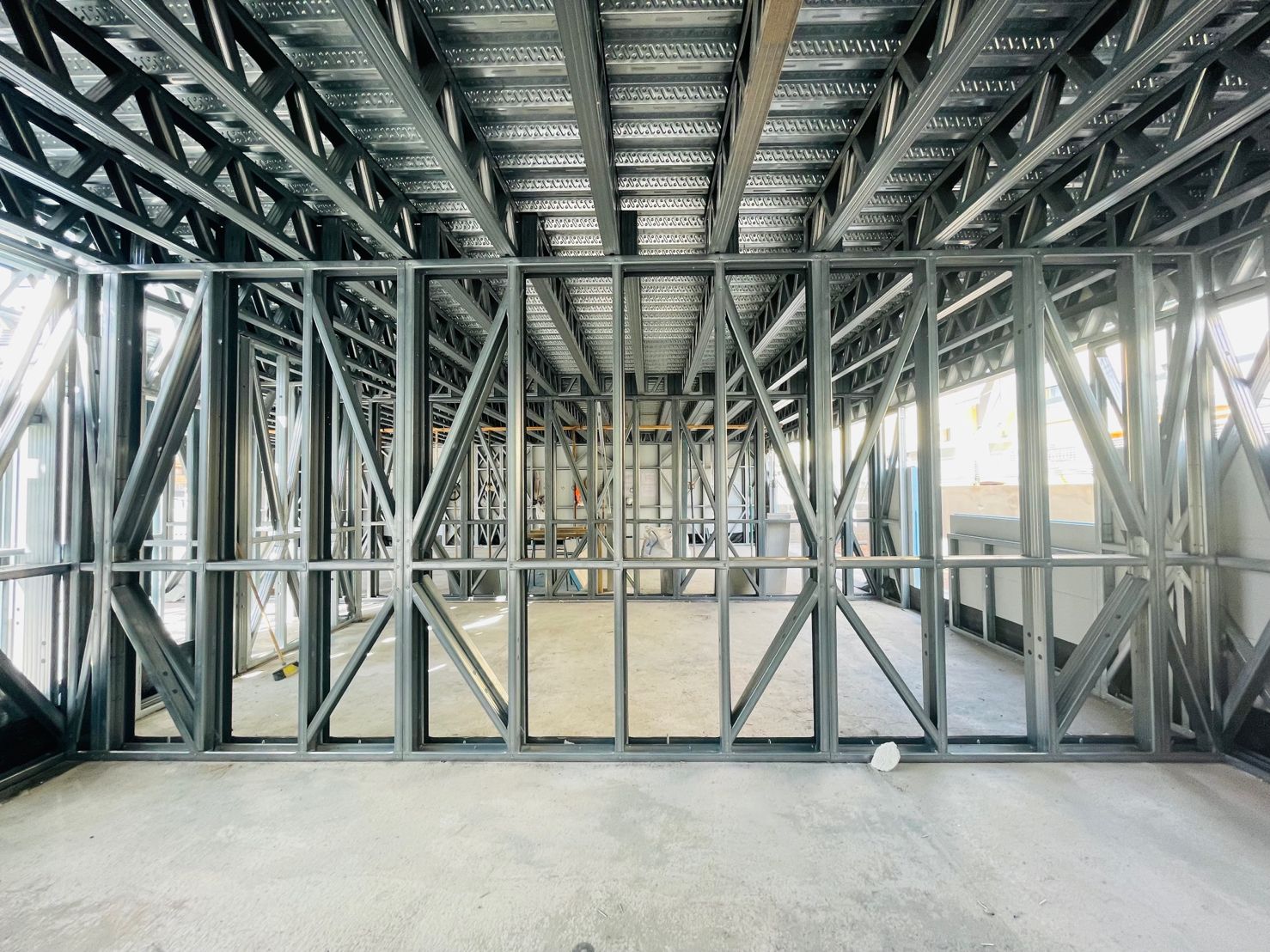
2. “Steel Frame is prone to corrosion”.
Although steel can corrode in certain circumstances, measures are taken to prevent this in the steel frame. Protective coatings and treatments are used on steel structures, such as galvanisation and specialised painting, to ensure corrosion resistance.
In addition, proper design and regular maintenance help prevent corrosion problems, maintaining its integrity and appearance for decades.
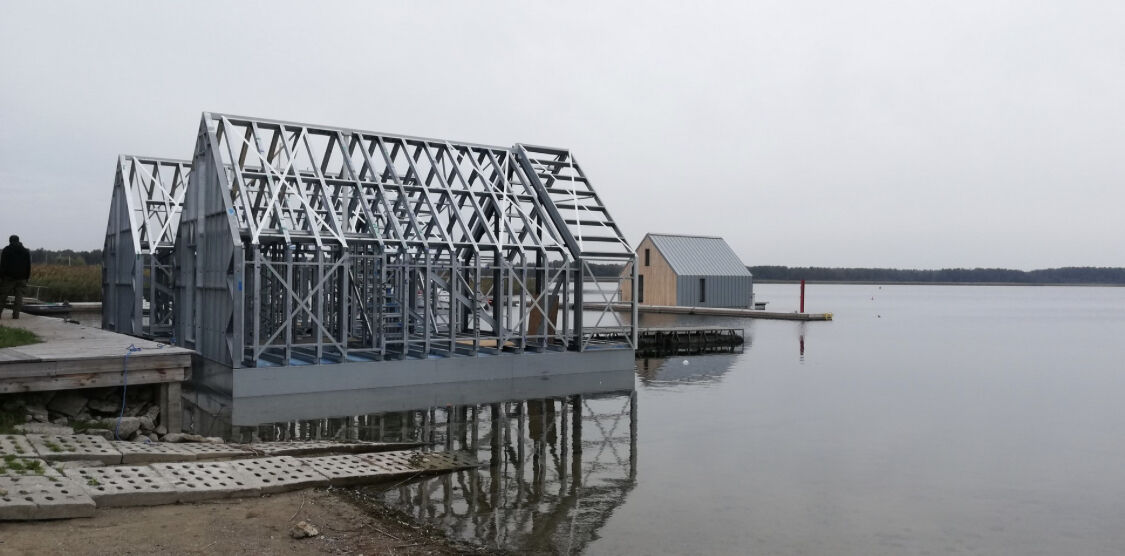
3. “Steel Frame is flammable and not fire safe”.
The Steel Frame is designed with additional fire protection features such as fire resistant cladding and insulation systems. These measures ensure that the steel frame meets the fire safety standards set by building codes.
In addition, compared to other building materials, steel has a lower fire spread and emission of toxic gases.
Stalart also has a fire warranty certificate.
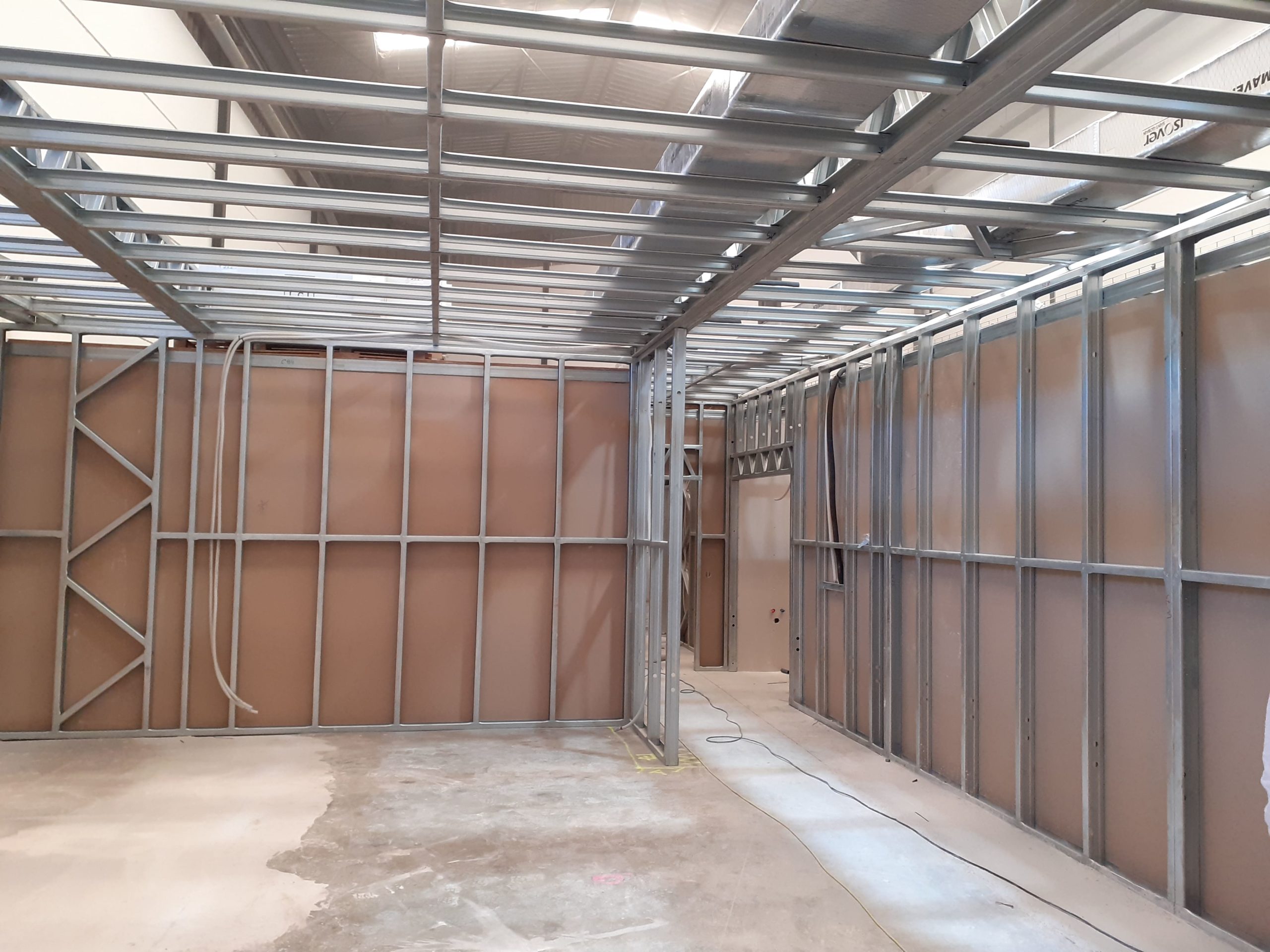
4. “Steel Frame is more expensive than traditional construction”.
Although steel frame may have a slightly higher initial cost than traditional construction, it is important to consider the big picture. Steel frame offers efficiencies in terms of faster construction time and less need for long-term maintenance. It is a lightweight material, which reduces foundation and transportation costs. In the long term, steel is durable and strong, which means lower repair and replacement costs. In addition, steel frame is highly energy efficient, which can result in significant savings in energy costs over the life of the building.
Overall, when all these factors are considered, steel frame is a cost-effective and economical option compared to traditional construction.
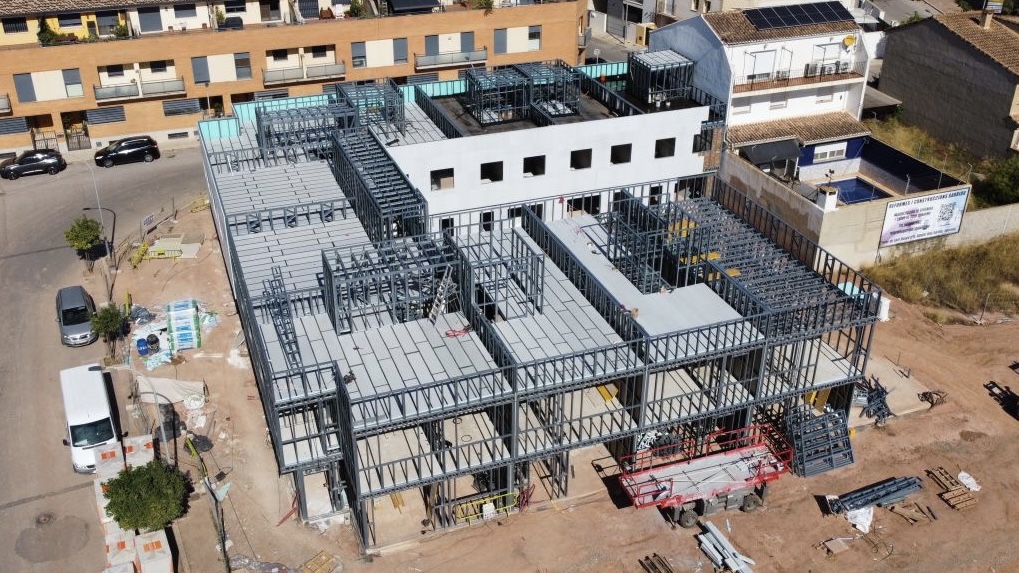
5. “Steel Frame limits design and customisation options”.
This is one of the most unfounded myths. The steel frame offers a wide range of design and customisation possibilities. The steel frame allows the creation of open and flexible spaces, which gives the freedom to adapt the interior design according to individual needs and preferences.
In addition, steel frame can be combined with other materials, such as glass and wood, to achieve a variety of architectural styles. From modern and minimalist houses to traditional styles, steel frame adapts to different styles and design visions.
By understanding the reality behind the common myths, one can appreciate the versatility, strength and efficiency of steel frame as a reliable option for housing construction.
By putting aside the myths and knowing the facts, it is possible to make informed decisions and consider steel frame as a safe and attractive alternative in the construction sector.
